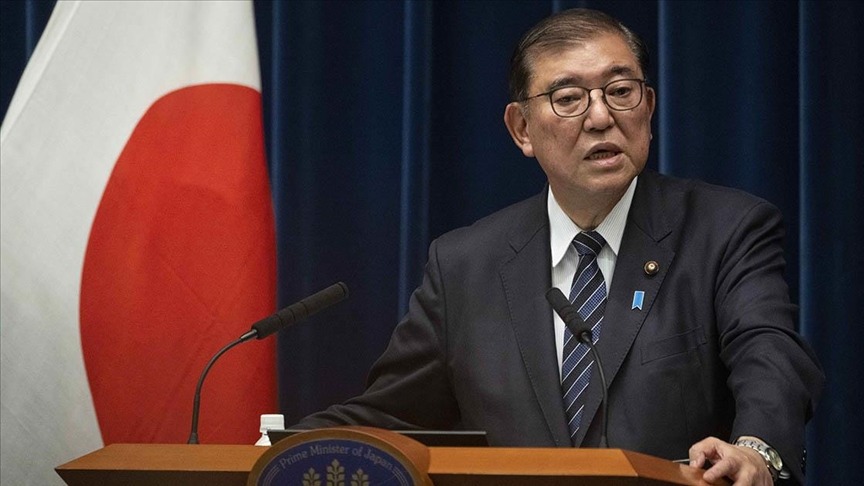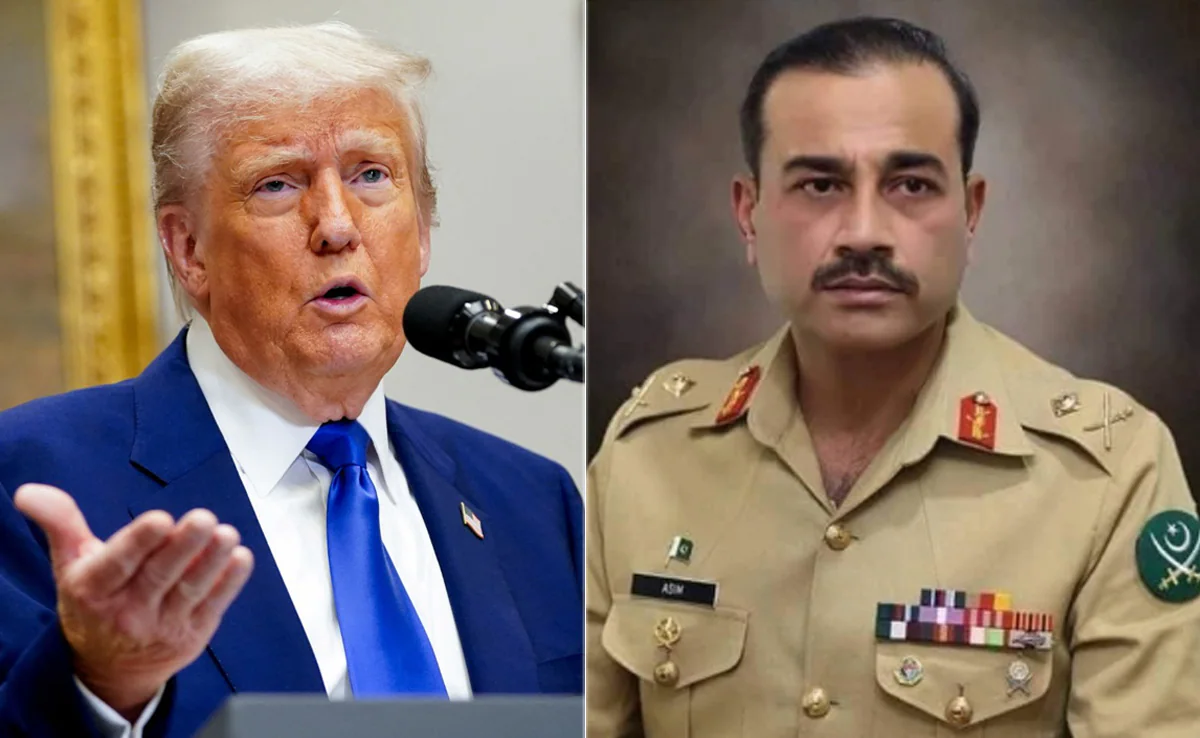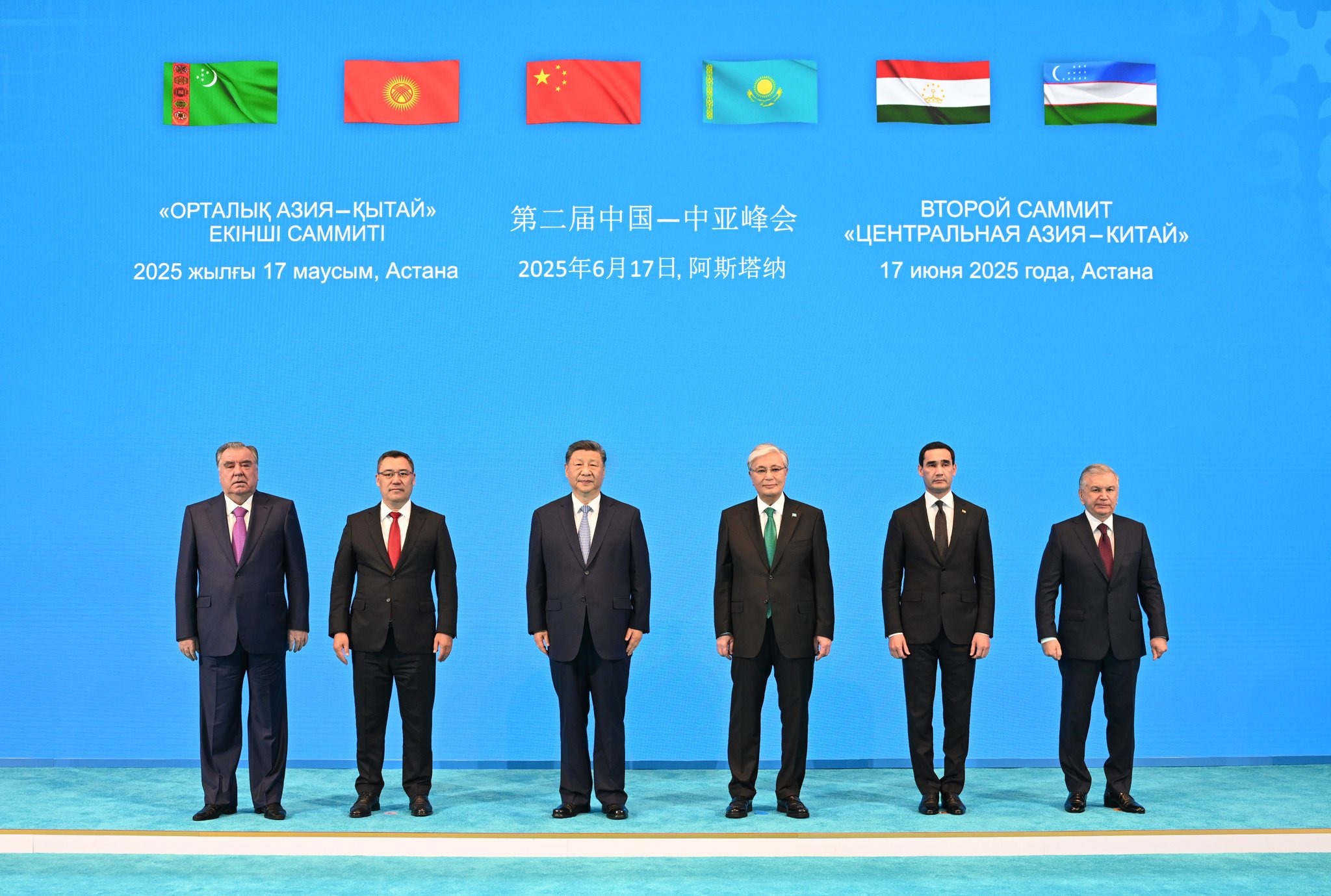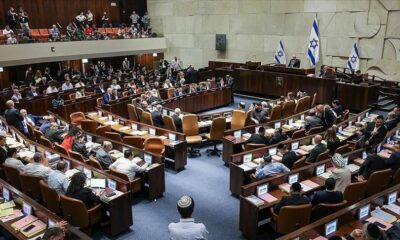Asia
Iran’s evolving relations with Taliban

Since Amir Khan Muttaqi, Taliban’s Minister of Foreign Affairs has sarcastically told Iran that the number of executions in that country is more than the number of prisoners inside Afghanistan, the representative of Iran has increased meetings with the Taliban officials aimed at keeping the ties normal.
Hassan Kazemi Qomi, Iran’s ambassador in Kabul, in a meeting with Mullah Abdul Ghani Baradar, Deputy Prime Minister for Economic Affairs of Taliban said that such statements should not harm the relations between the two sides. Recently, the Taliban and Iranian officials have openly criticized each other, and also, they had issues over water, triggering border clashes between the security forces of the two neighbors. Iran, which played a key role in the Taliban’s rise again to power, did not foresee facing such a situation.
This shows that the policy of being kind to the Taliban is not working and has harmed Iran’s position as an important actor in regional affairs. But Iran has no other way out and needs Taliban support for the long-term due to the continuation of several political issues with its other neighboring countries and in the Middle East. Iran’s interaction with the Taliban is much stronger than the past government which was recognized by the international community.
The Taliban took power on 15 August 2021 following the chaotic withdrawal of US troops resulting in the collapse of the republic system.
Iran put weight behind the Taliban
At that time, Hassan Rouhani, the former president of Iran, during his meeting with the then Afghan president Hamid Karzai, openly spoke about occupation without respecting the honor of the host and neighborliness.
However, the situation is completely different today. Iran is fully on the side of Taliban, in spite of countless aid, Iran also handed over the Afghan embassy in Tehran to the Taliban and gave them Euro packages, still the country doesn’t want to see its ties broken or harm with the Taliban.
Muttaqi in a meeting with religious scholars in Kabul questioned the inclusivity of the government in Iran. “Do you have an inclusive government in your country,” Muttaqi responded to Iran’s demand for formation of an inclusive government in Afghanistan.
“Do you give your citizens’ their rights? There are not as many prisoners in our prisons as you execute. Thousands of people have disappeared in your country and no one can dare to ask where they are,” Muttaqi told Iran.
Immediately after this statement, ambassador Qomi, went to meet senior Taliban officials. In the past days, he met with Baradar and Muttaqi and asked them to soften their media statements towards Iran and expressed concern about the damage to the relations between the two sides.
Iran’s supreme called Taliban “reality” in Afghanistan
At least in the last one decade, the relations between Iran and the Taliban have been very close and extensive. It has been reported that Tehran had officially invited the Taliban to celebrate the anniversary of the “Islamic Revolution” even before the Taliban took over Afghanistan.
Two years ago, when the Taliban returned to power, Iran’s Supreme Leader Ali Khamenei publicly welcomed the Taliban’s presence in Afghanistan. Although he did not directly name the Taliban, however, he welcomed it by referring to the “new reality” in Afghanistan, which is under the rule of the Taliban.
In addition to that, Iran kept its embassy in Kabul active after the return of the Taliban to power and has since supported the Taliban in important regional and international meetings. It seems that Iran has supported the Taliban during its war against the common enemy (US) and doesn’t want anything to spoil this relationship. This is another reason for Iran that is exercising immense caution in any issue related to the Taliban.
The enemy of my enemy is my friend
On the other hand, Iran and the Taliban have mutual and extensive interests in relation to al-Qaeda and the presence of this group in Afghanistan.
It has a great proverb that says that “the enemy of my enemy is my friend.” So now somehow the US is up to al-Qaeda and recently US drones killed the group’s leader in downtown Kabul. However, the Taliban rejected the news and said an investigation is underway and blamed the US for violating the airspace of Afghanistan.
The Taliban so far did not confirm the man killed was al-Qaeda’s leader. Despite the disappointment and failure of the Taliban to keep good ties with Iran, politics in Tehran define this country’s relationship with the Taliban and al-Qaeda as a tactic to reduce the risk of other terrorist groups against Iran.
On the other hand, these three sides have a common goal towards the US. Iran expects to increase threats against the US by helping al-Qaeda and Taliban and meanwhile, Tehran tries to reduce Islamic State (IS) threats against its security, because al-Qaeda in Syria and Iraq has also cooperated with Iran’s overseas forces against IS.
Islamic State is a serious threat in region
Now that IS is a serious threat in the region, especially for Iran, the security and intelligence centers of the IRGC will do their best to fight against this group outside the borders of Iran.
At the moment, Tehran thinks that by having good ties with the Taliban, it can stop the threats of IS, and al-Qaeda has created a common denominator and a common language for the larger goals of uniting opposing Islamic ideologies against the US.
Enmity with US and IS will force Iran to pay more attention in its ties with the Taliban for a long time and will buy all the taunts of the Taliban with its heart and soul until the creation of an alternative structure in Afghanistan.
On the other side, the Taliban, with the illusion of victory and fearing Iran from expanding its relations with US and IS, get more concessions from Tehran and force this country not to support the military opponents of the Taliban in Afghanistan and reject the armed resistance against this group.
Last year, Qomi considered the resistance against the Taliban to be an US project. He said that America is “organizing a group under the title of Resistance Front, which is a lie”. He even denied the existence of resistance against the Taliban.
Asia
Japan diverges from G7, urging restraint in Israel-Iran conflict

Japanese Prime Minister Shigeru Ishiba has affirmed Tokyo’s position of calling for “maximum restraint” from both Israel and Iran, despite a G7 statement earlier this week that supported Israel’s “right to self-defense.”
During a meeting of ruling and opposition party leaders on Thursday, Ishiba stated, “What the foreign minister said is the stance of the Japanese government. The G7 is the G7,” as reported by Tomoko Tamura, head of the Japanese Communist Party.
Japan, a close US ally in Asia, has long maintained friendly relations with Iran and has historically adopted a neutral approach to Middle East diplomacy, distinguishing itself from the pro-Israel stance of US administrations. Tokyo relies on the Middle East for the overwhelming majority of its crude oil imports.
G7 leaders convened in Kananaskis, Canada, and issued a statement backing Israel’s attacks on Iran. The statement affirmed Israel’s right to self-defense and condemned Iran as the “main source of regional instability and terrorism.” On June 13, when Israel’s attacks on Iran began, Japanese Foreign Minister Takeshi Iwaya declared: “The use of military force while diplomatic efforts are ongoing… is completely unacceptable and a source of deep regret. The Japanese government strongly condemns these actions.”
Iwaya added, “Japan is gravely concerned about the continuation of retaliatory attacks and strongly condemns any actions that could further escalate the situation.”
He continued, “Japan urges all parties to exercise maximum restraint and strongly calls for a de-escalation of tensions.”
During the meeting of party leaders, Tomoko Tamura, head of the Japanese Communist Party, highlighted the apparent contradiction between Iwaya’s statements and the joint G7 communiqué, suggesting the government was applying a “double standard.”
Prime Minister Ishiba responded, “What the foreign minister said is the stance of the Japanese government. The G7 is the G7.”
Meanwhile, the foreign minister announced at a press conference on Friday that a total of 87 Japanese nationals and their family members had been evacuated by land from Iran and Israel. Sixty-six individuals were evacuated from Iran to neighboring Azerbaijan, and 21 were evacuated from Israel to Jordan.
Following additional requests from Japanese citizens, a second land evacuation from Iran is scheduled for Saturday. Currently, there are approximately 220 Japanese nationals in Iran and about 1,000 in Israel.
In preparation for potential air evacuations, the government plans to dispatch two Air Self-Defense Force military transport aircraft to Djibouti in East Africa to have them on standby. With airports in Iran and Israel closed, Iwaya noted that the aircraft could be used if, for example, the airports reopen and conditions permit an airlift.
Asia
Iran-Israel war: Why US discusses regional conflict with Pakistan

US President Donald Trump and Pakistan’s Army Chief General Asim Munir held a special and important meeting during a time when tensions are rising in the Asian region. The meeting was held on Trump’s invitation and was not open to the media. However, both sides have released official statements afterward, which states that the main topics were discussed
The meeting focused on the ongoing conflict between Iran and Israel, Pakistan–India relations, especially the Kashmir issue, the situation in Afghanistan and future US–Pakistan cooperation.
Pakistan has recently improved its strategic position in the region. It has shown strong ties with China and is the only South Asian country openly supporting Iran in its conflict with Israel. Meanwhile, Pakistan remains an important player in Afghanistan.
Why the Pakistani Army Chief was invited to the US?
Although Pakistan has an elected civilian government, important decisions—especially related to foreign affairs and security—are often handled by the military. That’s why General Asim Munir was invited to meet Trump instead of the Prime Minister, General Munir’s influence has grown recently. After tensions with India, he was given the title of Field Marshal. His meeting with Trump is seen as a sign of his importance in both Pakistani and international politics.
According to the Pakistan Army’s media wing (ISPR): General Munir thanked President Trump for helping to ease recent tensions between Pakistan and India. Trump praised Pakistan’s role in fighting terrorism. Both agreed to work together in the future, especially in: Trade, Technology Minerals and energy Artificial intelligence Crypto currency and regional peace efforts as well.
President Trump also appreciated General Munir’s leadership during difficult times. Munir invited Trump to visit Pakistan, and Trump reportedly accepted the offer in principle.
Why US former peace envoy to Afghanistan, Khalilzad is not trusting Pakistan’s army chief
Former U.S. diplomat Zalmay Khalilzad criticized the meeting. He said General Munir cannot be trusted and reminded the U.S. that Pakistan has supported groups that harmed American soldiers in the past. According to Khalilzad, General Munir may be trying to get U.S. support for his interests in Afghanistan, which he believes could be risky for America.
Though no official list of US demands was made public, reports suggest a meeting was held in Saudi Arabia earlier, where American officials spoke with top Pakistani leaders. During that meeting, the U.S. reportedly made four key requests: Pakistan should help the U.S. in counterterrorism operations when needed. Pakistan should slowly reduce its relations with China. Pakistan should recognize Israel after Saudi Arabia does. If the U.S. attacks Iran, Pakistan should support the U.S. instead of staying neutral.
These demands are similar to earlier U.S.–Pakistan arrangements during the Cold War and the War on Terror.
What could be expected in the future?
This meeting could mark the beginning of a new phase in US–Pakistan relations. In the past, Pakistan helped the U.S. during the Soviet-Afghan War and after 9/11. Now, with tensions involving Iran, India, and Afghanistan—and China expanding its role—the U.S. may again be looking to Pakistan as a key partner in the region.
Time will tell whether this leads to a long-term partnership or just another temporary agreement based on short-term goals.
Asia
China pledges aid and signs friendship treaty at Central Asia summit

China concluded its latest engagement efforts in Central Asia on Tuesday by pledging 1.5 billion yuan (US$209 million) for livelihood and development projects in the region.
The six nations participating in the second China-Central Asia Summit also signed a historic permanent friendship treaty.
“China is ready to provide 1.5 billion yuan in grant assistance to Central Asian countries this year to support livelihood and development projects of common interest to each country,” Chinese President Xi Jinping stated in his opening address at the summit in Astana, the capital of Kazakhstan.
“Additionally, China will offer 3,000 training opportunities to Central Asian countries over the next two years.”
Xi described the signing of the Permanent Good-Neighborliness and Friendly Cooperation Agreement as a milestone in relations between the six countries, calling it “an innovative initiative in China’s neighborhood diplomacy and a contribution that will benefit future generations.”
China has signed similar agreements with Russia and Pakistan.
Xi also emphasized the need for cooperation in a world that has entered “a new period of turbulence and transformation.”
State news agency Xinhua quoted Xi as saying, “There will be no winner in a tariff and trade war. Protectionists and hegemonists will harm both others and themselves.”
“The world should not be divided, but united; humanity should not revert to the law of the jungle, but work to build a common future for mankind,” he added.
Xi also announced the establishment of three cooperation centers focusing on poverty reduction, educational exchange, and desertification control, as well as a trade facilitation platform under the China-Central Asia cooperation framework.
In a statement on Wednesday, the Chinese Foreign Ministry said that China and the Central Asian countries are eager to improve road and rail connectivity and plan to open more direct flights to and from China to increase mutual exchange.
China will consider simplifying visa procedures with the five Central Asian countries, while all parties will study the feasibility of opening consulates.
Together with Kazakhstan, Kyrgyzstan, and Tajikistan, China will accelerate the modernization of existing port facilities and assess the need for new ones.
The summit was the second of its kind, following the inaugural one held two years ago in Xian, China.
These efforts reflect a deepening of China’s relations with Central Asia, which have historically focused on areas such as transportation infrastructure.
The region is a key part of the Belt and Road Initiative, Beijing’s global development strategy, and China has invested heavily in energy pipelines, infrastructure, and mining projects in Central Asia.
However, China also wants to expand cooperation into sustainable development and renewable energy.
These investments were a major focus of Xi’s meetings with the leaders of the five Central Asian states.
During the meetings, Xi stressed the need to uphold multilateralism and the global trade order. This is part of Beijing’s effort to position itself as a more reliable partner following the US tariff war.
Meeting with Turkmen President Serdar Berdimuhamedov, Xi called for expanding gas cooperation and exploring opportunities in non-resource sectors.
Security was also on the agenda.
“The two countries should further strengthen law enforcement, security, and defense cooperation, jointly combat the ‘three forces,’ and enhance cooperation in cybersecurity,” Xi said, referring to “terrorism, separatism, and extremism.”
Beijing views these forces as threats to national and regional security, and Xi has repeatedly emphasized this stance in his meetings with Central Asian leaders.
While China’s presence in Central Asia has historically focused on economic investments, its influence in the security sphere is growing through joint counter-terrorism drills, training programs, and aid.
This is particularly true in Tajikistan, which shares a long border with Afghanistan, where China is concerned about terrorists returning to carry out operations in its western Xinjiang region.
In his meeting with Tajik President Emomali Rahmon, Xi called for deeper cooperation in law enforcement and security to combat the three forces.
He also called for increasing bilateral trade and investment and improving transportation infrastructure.
Rahmon said Dushanbe would expand cooperation in new areas such as new energy, green industries, and artificial intelligence, and would “strengthen coordination with Beijing for the Shanghai Cooperation Organisation (SCO) to play a greater role.”
The SCO is the main forum for relations between China and the landlocked region. This political, economic, and security bloc was founded in 2001 by China, Kazakhstan, Kyrgyzstan, Russia, Tajikistan, and Uzbekistan. Turkmenistan, reflecting its commitment to “permanent neutrality,” is the only Central Asian country outside the organization.
On Tuesday, Xi also held talks with Kyrgyz President Sadyr Japarov, describing relations between the two countries as being in “the best period in history.”
Xi said the construction of the China-Kyrgyzstan-Uzbekistan railway is a top priority, but new growth drivers such as clean energy, green mining, and artificial intelligence should also be developed.
The talks followed the signing of cooperation documents between China and the summit’s host country, Kazakhstan, covering trade, investment, technology, tourism, and customs.
Xi asked his Kazakh counterpart, Kassym-Jomart Tokayev, to accelerate cross-border railway projects and the improvement of port infrastructure.
Xi also stated, “Beijing and Astana should be strong supporters of each other in turbulent times.”
According to the Kazakh presidential office, Tokayev described relations between the two countries as stable and “not negatively affected by geopolitical challenges and turmoil or the international situation.”
-

 Diplomacy1 week ago
Diplomacy1 week agoFormer diplomat warns forcing Iran out of the NPT is the greatest danger
-

 Middle East2 days ago
Middle East2 days agoUS to launch major bombing campaign against Iran this weekend, Hersh reports
-

 Opinion2 weeks ago
Opinion2 weeks agoEuropean defense autonomy and Germany’s military role enter a turning point
-

 Middle East1 week ago
Middle East1 week agoNetanyahu’s government survives no-confidence vote as Haredi crisis is delayed
-

 Asia2 weeks ago
Asia2 weeks agoJapan, US showcase B-52 bombers in nuclear deterrence dialogue
-

 Diplomacy1 week ago
Diplomacy1 week agoFormer CIA analyst says Israel used ceasefire talks as a trap
-

 Middle East5 days ago
Middle East5 days agoIran targets Mossad and Unit 8200 in missile attack on Tel Aviv
-

 Middle East1 week ago
Middle East1 week agoIsrael strikes Iran’s nuclear program, killing high-level commanders


















